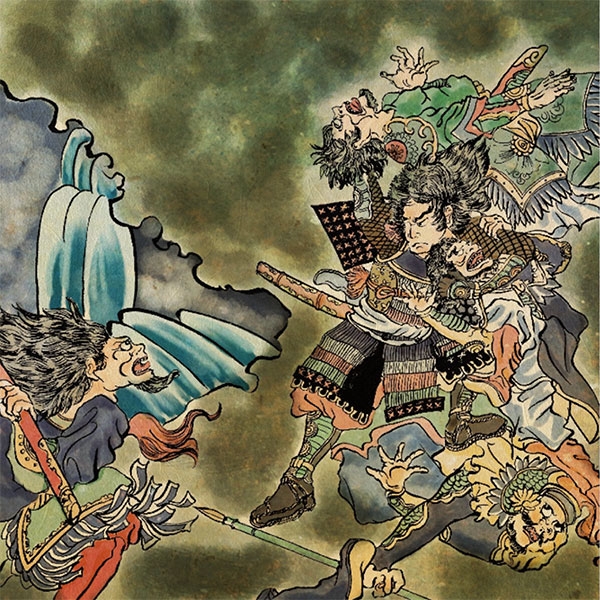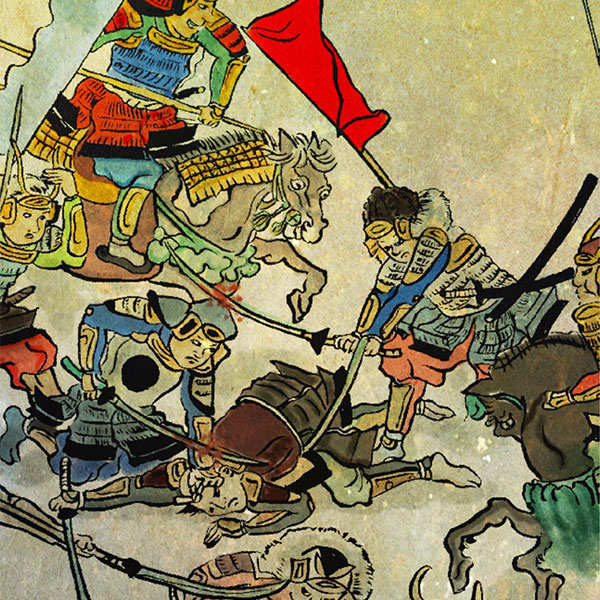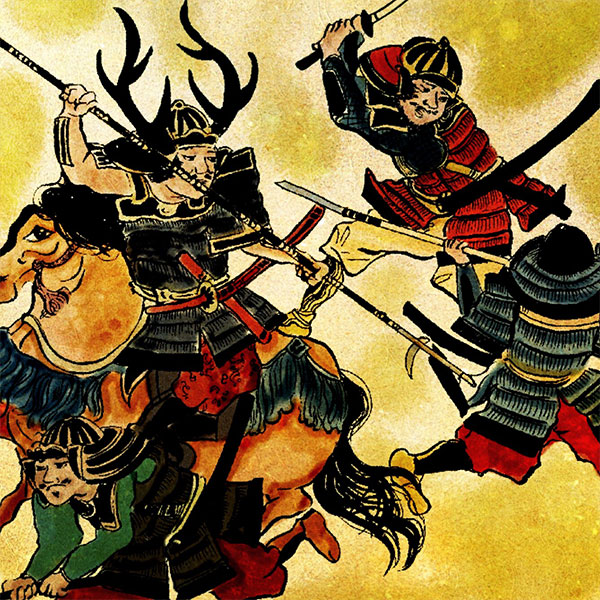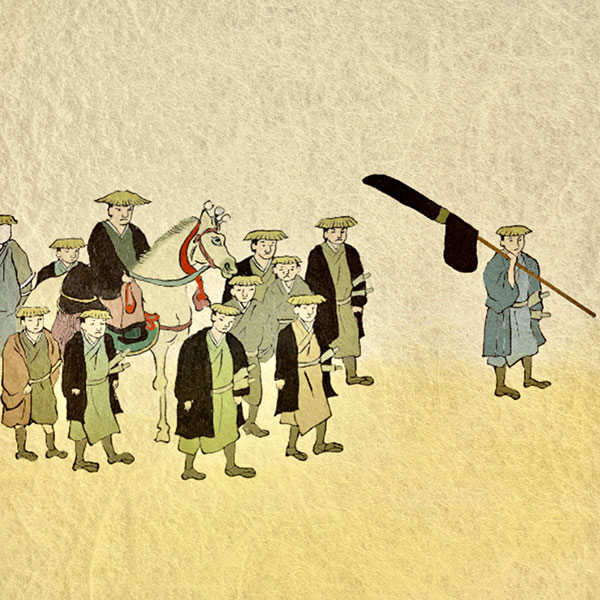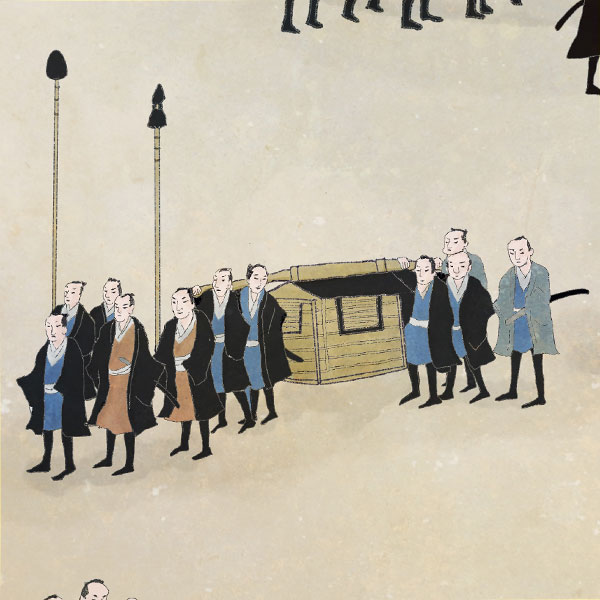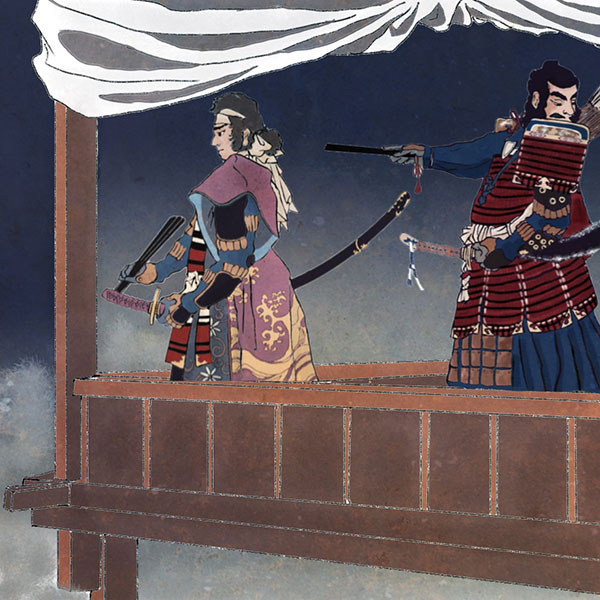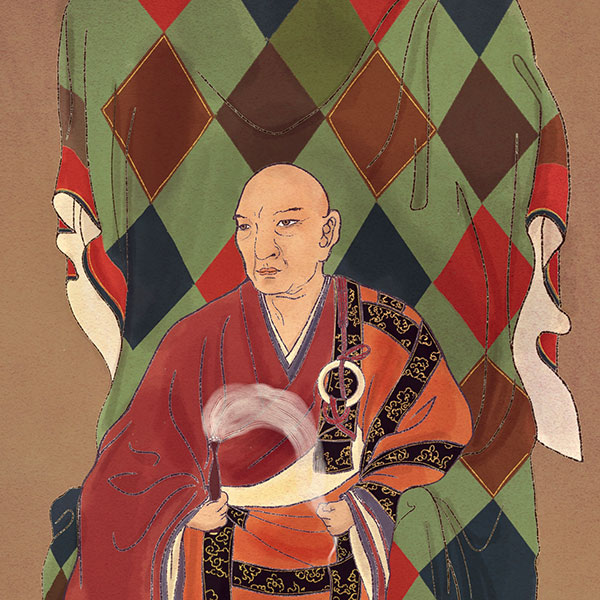Hidetada Tokugawa (1/2)Second Shogun of the Edo Shogunate
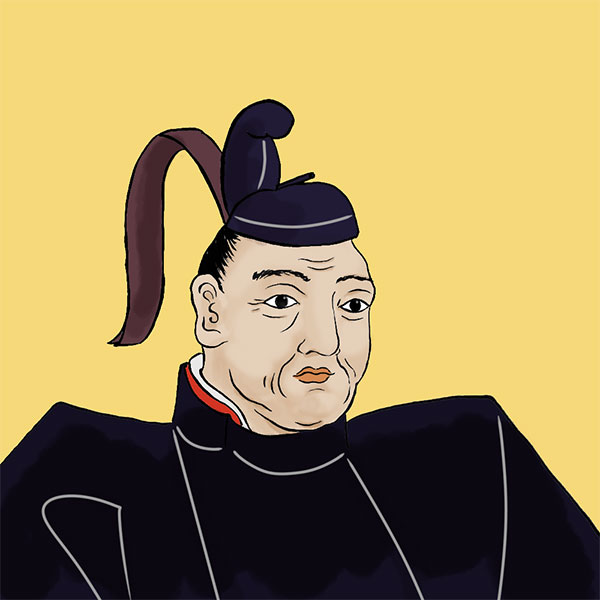
Tokugawa Hidetada
- Article category
- biography
- name
- Tokugawa Hidetada (1579-1632)
- place of birth
- Shizuoka Prefecture
- Related castles, temples and shrines

Hamamatsu Castle

Edo castle

Osaka Castle
- related incident
As time passed from the Sengoku period to the Azuchi-Momoyama period to the Edo period, the warlords changed from a world of war to a world of peace, and the rewards they received changed from land (territory) to swords and tea utensils, and became more and more valuable. It was a time when views changed. Born as the son of a Sengoku feudal lord, Tokugawa Hidetada was the second generation to succeed his father, Tokugawa Ieyasu, who laid the foundations of the Taihei era, and strengthened the foundations. This time we will introduce the turbulent times in which Hidetada lived.
From birth to the eve of successor
He was born on April 7, 1579 (May 2, 1579) in Hamamatsu Castle, Totomi Province, as the third son of Tokugawa Ieyasu. His mother is Tsune Saigo (daughter of Tadaharu Totsuka and adopted daughter of Kiyoshi Saigo, his uncle).
My mother's family, the Mikawa Saigo clan, was a member of the Toki clan, which was a prominent family that served as the governor of Mikawa Province in the early Muromachi period, and was also an influential national of Mikawa Province at that time. They will be raised by a wet nurse/Obabu. His younger brother was Tadayoshi Matsudaira, who was active in the Battle of Sekigahara.
Five months after Hidetada's birth, his eldest brother Nobuyasu committed seppuku. His second brother, Hideyasu, was adopted by Hideyoshi Toyotomi (a hostage from the Toyotomi family's point of view) and later took over the Yuki clan.
Therefore, Hidetada, whose mother was from a prominent family in Mikawa Province, was treated as the de facto successor.
Nagamaru (Hidetada)'s existence attracted attention when, as a condition of peace between Ieyasu and Hideyoshi, it was decided that Hideyoshi's younger sister, Princess Asahi, would be married to Ieyasu.
At this time, Ieyasu ordered, ``Even if Princess Asahi gave birth to Ieyasu's child, it would not be his legitimate child.'' ``Nagamaru (Hidetada) would not be held hostage by Hideyoshi.'' ``Even if Ieyasu dies, Hideyoshi will remain the Tokugawa.'' It is said that the condition was that Nagamaru be allowed to take over the headship of the family in peace with the five territories.
In January 1590, he went to Kyoto as a virtual hostage during the Odawara conquest. This was a measure taken in response to the so-called ``Wife and Child Hostage Order'' of September 1996, when Hideyoshi ordered the wives and children of various feudal lords to be taken hostage, but Hideyoshi postponed Nagamaru's visit to Kyoto. , states Ieyasu's hope for Nagamaru to come to Kyoto. After going to Kyoto, he had an audience with Hideyoshi, and immediately after giving a congratulatory speech with Kohime (Shunshoin), the daughter of Oda Nobuo and Hideyoshi's adopted daughter, he returned to Japan with Hideyoshi's permission on the 25th of the same month, and met with other feudal lords. They are treated differently from their wives and children.
During his visit to Kyoto, Nagamaru had an audience with Hideyoshi on January 15th, and when he arrived at the New Year's festival, he accepted Hideyoshi's epithet and took the name Hidetada, and Hideyoshi gave him the surname Toyotomi. ``Hideyasu'', which is a combination of the character of his father Ieyasu and a nickname of Hideyoshi, was already given by his older half-brother, so it was changed to ``Tadayasu'', another character used as the common name of the Tokugawa head family (Ansho Matsudaira family). ” is thought to have been used as a name.
During the Bunroku War, he received the guardianship of Yasumasa Sakakibara and Naomasa Ii, and ruled the Kanto territory in place of Ieyasu, who had gone to Nagoya. When Hideyoshi's mother, Omandokoro, passed away in the first year of Bunroku, he went to Kyoto to pay his condolences, and in September, he was appointed Chunagon, and became known as ``Edo Chunagon.''
Hideyoshi's will, written in 1598, stipulated that if Ieyasu became old and prone to illness, Hidetada would take care of Hideyori in his place, and that Ieyasu would stay in Kyoto for three years. It stipulates that if there is something to be done in the territory during that time, Hidetada should be sent down. As per his will, Hidetada returned to Japan on Ieyasu's orders immediately after Hideyoshi's death.
Latecomer to the Battle of Sekigahara
At the Battle of Sekigahara in 1600, he commanded a detached force that was initially stationed in Utsunomiya as a preparation for Uesugi against Ieyasu's main force advancing along the Tokaido, and then passed through the Nakasendo to subjugate the Sanada clan in the Koshin region. is ordered.
Masayuki Sanada followed Ieyasu, who commanded the eastern army, but in late July 1600, he defected with his second son Nobushige Sanada (Yukimura) at Shimono Inubushi, returned to Ueda, and joined the western army. Masu.
In contrast, his eldest son Nobuyuki followed the eastern army.
The 38,000-man army commanded by Hidetada Tokugawa remained in Utsunomiya and prepared for Uesugi, then proceeded along Nakasendo to Ueda Castle in order to pacify Shinano Province.
On September 2nd, Hidetada arrived at Komoro. On September 3rd, Masayuki begged the Tokugawa army that approached Ueda to spare his life through his eldest son, Nobuyuki, and Hidetada accepted, but on the 4th, Masayuki changed his attitude and started provoking Hidetada. By acting like this, you will be in a state of combat.
Hidetada's army approached Ueda Castle on September 5th, and Nobushige's older brother, Nobuyuki, sent his army to Toishi Castle, a branch castle of Ueda Castle protected by Nobushige Sanada, and Nobushige Sanada's army retreated. As a result, Nobuyuki's army captured Toishi Castle without a fight.
After capturing Toishi Castle, Hidetada's forces led by Yasunari Makino began harvesting rice around Ueda Castle on September 6. Several hundred Sanada troops came out of the castle to stop Karita, but they were defeated and fled to Ueda Castle. They pursued it and approached the main gate of Ueda Castle, but at this point Hidetada gave them the order to retreat. After that, on the 8th, Ieyasu gave him the order to go to Kyoto, and Hidetada left his troops in Ueda and moved towards Mino.
A popular theory was that a large-scale battle took place in Ueda, where Hidetada's army was defeated, and that this defeat caused them to join the Battle of Sekigahara late. However, there are no historical materials left from that time to support this. There is only a mention of a skirmish caused by Katta in the family records.
Furthermore, Hidetada was surprised to find that Ueda Castle was unexpectedly strong, and immediately after withdrawing his entire army to Komoro on the 9th, a messenger arrived carrying a letter from Ieyasu. ``Archive at Akasaka, Mino.'' However, as mentioned earlier, Hidetada received the news of his departure from Hidetada's document addressed to Tadamasa Mori at Ueda on the 8th.
Hidetada decided to leave his troops behind at Ueda Castle and rush forward, but it is said that not only the delay at Ueda but also bad weather along the way caused him to arrive late for the main battle at Sekigahara on September 15th. .
In any case, the reason why Hidetada gave up on attacking Ueda Castle was simply to follow Ieyasu's sudden order to march due to a change in his strategy. He lost his leeway and was forced to suspend his original mission of overthrowing Masayuki. It has been pointed out that if Hidetada had concentrated on attacking Ueda, the result likely would have been different.
Mori Tadamasa, the Tokugawa side who was at Matsushiro Castle, stationed troops at Katsurao Castle to watch over Ueda Castle even after this battle, and it is said that Nobushige carried out attacks at night and rushed in the morning, leading to small rivalries. .
To inherit the Seii Taishogun
Hidetada was appointed Dainagon (Dainagon) in March of the 6th year of the Keicho era, and returned to the Kanto region the following month. In January of the following year, Hidetada was given 200,000 koku of the Kanto territory by Ieyasu, and Hidetada gave Tomoyuki to his direct vassals. In June, Masanobu and Tadanori, who were attached to Satake, acted as former receivers of Satake.
Ieyasu, who established the shogunate on February 12, 1603, as his long-cherished desire to become the Seii Taishogun, asked the Imperial Court to make his eldest son, Hidetada, the Ukonoe Daisho (general of the Ukonoe Guard) in order to realize hereditary succession of the Shogunate position by the Tokugawa clan. He requested and was appointed on April 16, 1603. As a result, Hidetada's succession to the Tokugawa Soke family was firmly established. During this period, Hidetada was called Edo Udaisho, and from then on, in the Tokugawa shogunate family, Udaisho meant the heir of the shogunate.
The Tokugawa family, under the guise of receiving awards for their deeds and deeds at the Battle of Sekigahara, changed the status of feudal lords who had been patronized by Toyotomi and moved them to the western part of Japan, completely controlling the Tokai, Kanto, and Tohoku regions, and established a government in the Kanto region in both name and reality. Two years later, in 1605, Ieyasu handed over the post of Shogun to Hidetada, who became the second Seii Taishogun.
On New Year's Day in 1605, my father, Ieyasu, left Edo for Fushimi Castle. In February, Hidetada also set out to lead an army of 160,000 people, including various feudal lords from eastern regions such as Kanto, Tohoku, and Koshin.
On March 21st, Hidetada also entered Fushimi Castle, and on April 7th, Ieyasu announced his resignation as shogun and recommended Hidetada as his successor to the Imperial Court, and on April 16th, Hidetada was appointed as the second shogun. . As a result, Tatemaejo Ieyasu retired and became known as Ogosho, and Hidetada became the head of the Tokugawa family.
Politics as a Seii Taishogun
Shogun Hidetada lived in Edo Castle and had a dual political system with Ieyasu, an influential figure who lived in Sunpu Castle, but with the help of Masanobu Honda and others, he managed politics in accordance with Ieyasu's wishes.
- related incident

- WriterTomoyo Hazuki(Writer)I have loved history and geography since my student days, and have enjoyed visiting historical sites, temples and shrines, and researching ancient documents. He is especially strong in medieval Japanese history and European history in world history, and has read a wide range of things, including primary sources and historical entertainment novels. There are so many favorite military commanders and castles that I can't name them, but I especially like Hisashi Matsunaga and Mitsuhide Akechi, and when it comes to castles, I like Hikone Castle and Fushimi Castle. Once you start talking about the lives of warlords and the history of castles, there's a side of you that can't stop talking about them.





